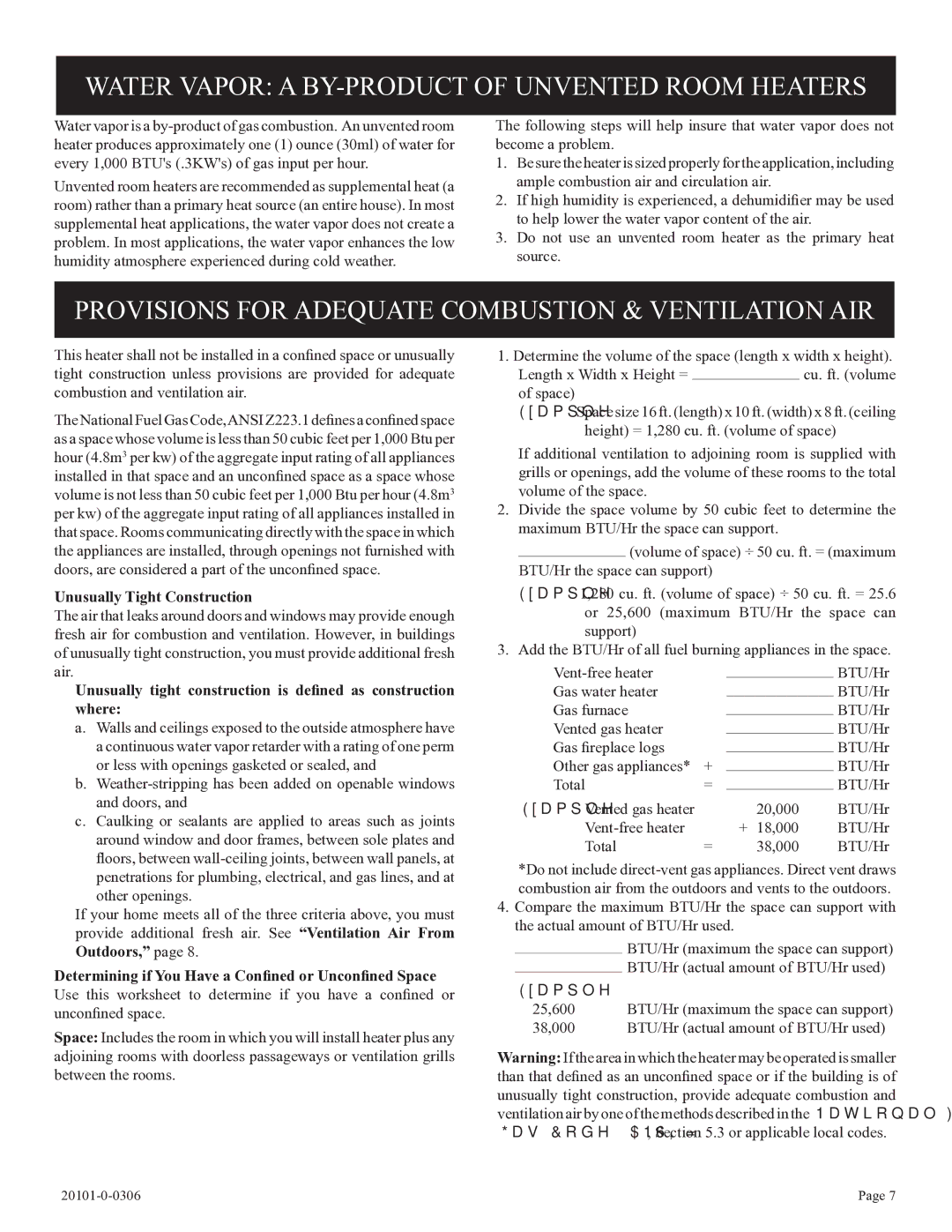VFP32FP, VFP36FP, P)-1, 31)L(N, 21)L(N specifications
Empire Comfort Systems is a well-recognized name in the heating and appliance industry, known for its quality products and innovative technologies. Among their impressive offerings are the VFP32FP, VFP36FP, and VFP21)L(N,31)L(N,P)-1 series gas fireplaces, designed to provide warmth, ambiance, and efficiency for modern homes.The VFP32FP is a versatile unit that seamlessly blends into various room designs. With a 32-inch viewing area, it showcases a beautiful flame while offering an impressive heat output. This model features a heat exchanger that ensures maximum warmth reaches the living space without excessive energy use. The VFP32FP also comes equipped with a millivolt system that allows for easy operation, even during power outages.
The VFP36FP is ideal for those seeking a larger fireplace experience. With a 36-inch viewing area, it not only enhances the aesthetic of any space but also produces substantial heat to combat chilly nights. What sets the VFP36FP apart is its high-efficiency design, ensuring lower emissions and reduced gas consumption. The unit's adjustable flame and thermostat controls allow homeowners to customize their heating needs easily.
Empire's VFP21)L(N,31)L(N,P)-1 offers a compact yet powerful heating solution. This fireplace is perfect for smaller spaces without sacrificing performance. It comes with a robust design and various decorative options to match any interior style. The advanced technology utilized in this model ensures efficient heat distribution, making it a practical choice for cozy living areas.
All models boast a range of features that enhance usability and comfort. They come with convenient remote control options, allowing for easy operation from anywhere in the room. The emphasis on safety is evident through the inclusion of glass safety screens and built-in safety shut-off systems.
Empire Comfort Systems has committed to sustainability, and these fireplaces exemplify that dedication. Each model is engineered to provide eco-friendly heating solutions, contributing to reduced carbon footprints while delivering exceptional performance.
In summary, the Empire Comfort Systems VFP series, including the VFP32FP, VFP36FP, and VFP21)L(N,31)L(N,P)-1, represents the perfect blend of innovation, efficiency, and beauty. With robust features and cutting-edge technology, these gas fireplaces fulfill the heating needs of contemporary homes while enhancing their visual appeal. Homeowners can enjoy warmth, style, and peace of mind knowing they have chosen a reliable and efficient product from Empire Comfort Systems.

